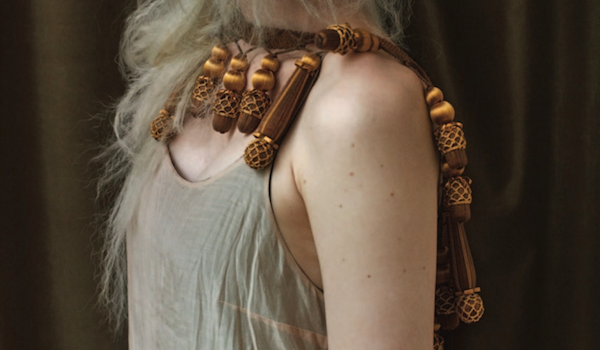
PILE ON THE PASSEMENTERIE

'Speak to the children of Israel, and say to them, that they shall make themselves tassels on the corners of their garments throughout their generations.' The religious Hebrew tassel (tzitzit) is recorded in the Torah as a means of helping wearers to remember their commandments. However, the tassel itself eventually lost its religious meaning and went on to become a key component to the art of passementerie.

Ribbons, bobbins, tassels, fringing and braids no doubt each all have their own distinguished beginnings. However, ultimately they ave come together to form what we now recognise to be passementerie; decorative and often elaborate trimmings. Essentially all a series of ropes, windings and ribbons suspended, arranged or woven in a lattice-like order, the term passementerie, unsurprisingly, sprung to the early French word for law; passement.

As with many refined and still sought after textile practices, the development of passementerie was intertwined with the survival of their makers. Many passementiers in the 1600s were French Protestant Huguenots who, on being forced to flee France, took their skills and tools with them, consequently transforming the skill base available in London...

To read this article in full, order your copy of Selvedge issue 73 here.
Photography by Thomas Straub
